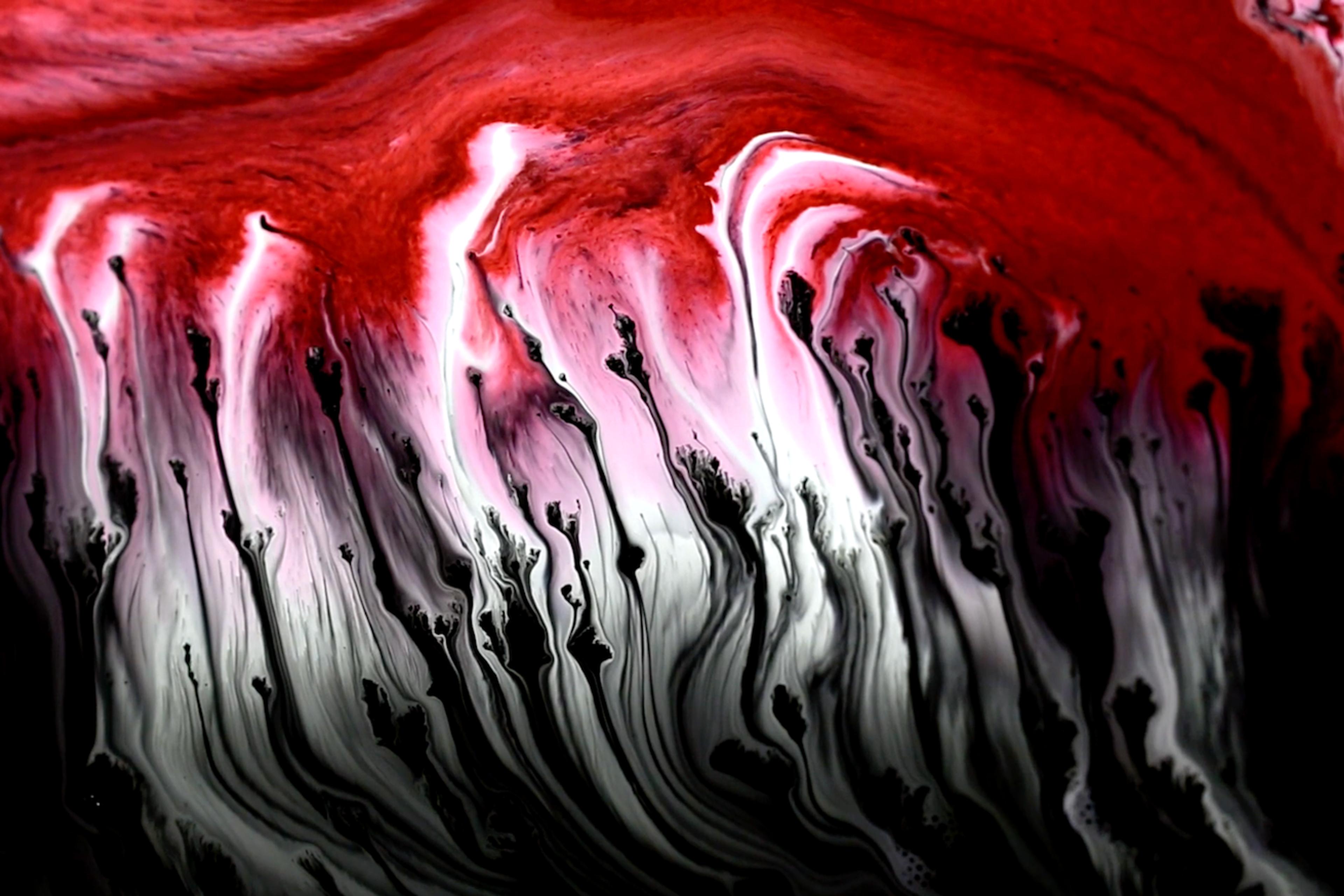Warning: this film features rapidly flashing images that can be distressing to photosensitive viewers.
Nature gives us innumerable strange wonders. But among the phenomena that we might find uncanny, mesmerising or sublime, lava flows are especially otherworldly – solid rock turned viscous and flowing; slow-moving streams or fields of liquified stone bulging into peculiar shapes, sometimes revealing a blazing hot centre or ejecting a burst of flame. There’s something of the logic of dreams, a surreal quality, to lava’s motion and mood. It’s fitting then that Kurtis Hough, an artist and filmmaker with an abiding interest in dreams and nature, would create a film in which lava is a central substance.
A work of rigorous experimentation and poetic exploration, Hough’s short film To See More Light combines animation, time-lapse cinematography and brilliantly manipulated imagery set to a pulsing, propulsive composition of the same name by the saxophonist Colin Stetson that holds us in a state of constant tension. Visually, the film is unceasing transformation, first in morphing abstractions that evoke both cosmic and atomic worlds, then in a stunning sequence of lava flowing towards the sea, eventually graced by strange, ever-blossoming white trees.
Hough notes that, when he was shooting the lava at the Kilauea Volcano in Hawai‘i, lines from the Leonard Cohen song ‘Anthem’ (1992) kept coming to mind – ‘There is a crack in everything, that’s how the light gets in.’ The cracks in lava, though, seem to be more about letting light out, a kind of dreamlike inversion of Cohen’s resonant observation. Hough’s decision to make his film in black and white accentuates this sense of illumination emerging from within, turning every frame into an exploration of the interplay between light and dark. But he also explains his choice in relation to himself, saying: ‘I feel like I don’t dream in colour.’ While Cohen’s song is about society, perhaps specifically about democracy, Hough takes this notion of the transfer of light into the internal realm, drawing on the natural world to offer a vision of the unconscious that’s as personal as it is expansive and epic.
Written by Kellen Quinn







